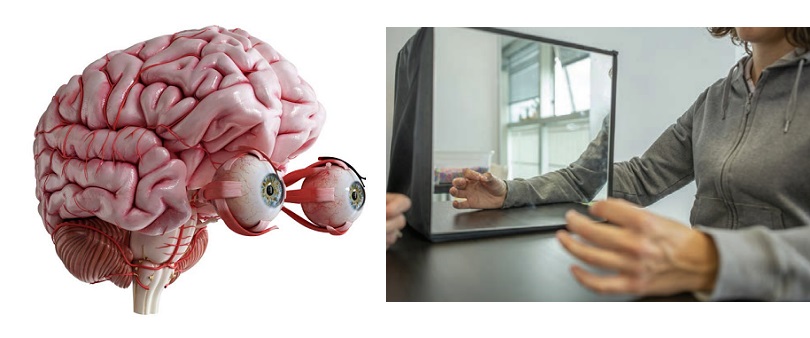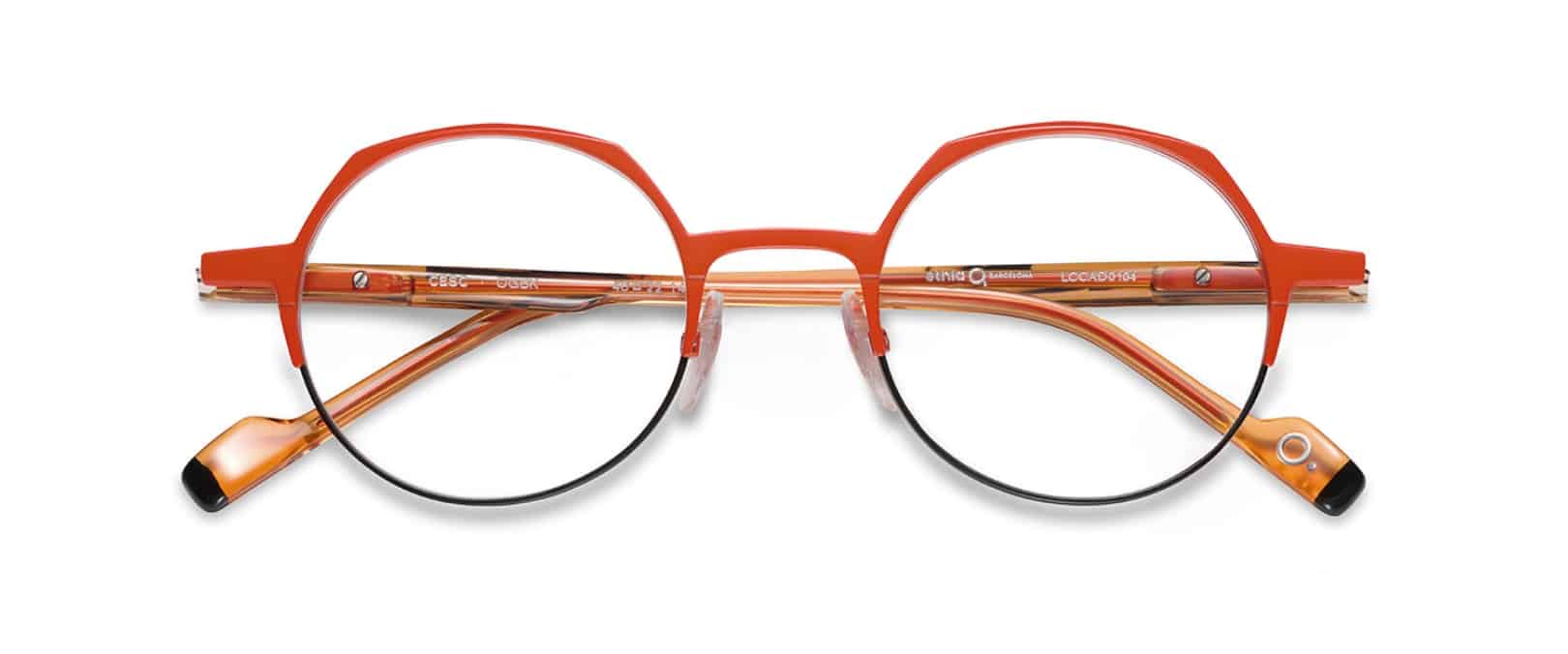What is Neuro-Optometric Visual Rehabilitation?
Wednesday, April 6 2022 | 13 h 40 min | Optik Magazine, Vision Science & Research
By Dr. Patrick Quaid, OD, FCOVD, PhD
Full bio: www.optiknow.ca/Dr.Quaid
One could say it is “just Binocular Vision testing” right? However, when we consider that at least 40% of the brain is primarily vision related machinery, by far our most dominant neuro-sensory system, perhaps we should dig a little deeper.
Each optic nerve has 1.22 million ganglion cells compared to, for example, an estimated 30,000 ganglion cells per vestibule. This really gets you thinking. We may be biased being eye doctors, but anatomy does not lie. It is not that hearing or other senses are unimportant, of course they are. However, these anatomical facts are important to consider when we have situations that can result in conflicting sensory input, as often occurs in brain injury (i.e., concussion) for example.
Why does vision tend to over-ride so many other sensory systems? The answer to this question has fascinated me for decades.
Why Optical Illusions Work
Vision is so dominant it can over-ride PAIN signals! Other examples of similar illusions and what they teach us are the McGurk effect (vision overrides auditory) and the Furrow illusion (peripheral high contrast lines over-ride the direction of motion we think we see of an object in the periphery). Then there is my favourite, the “rotating tunnel” effect that makes you “fall in the same direction as the movement of the tunnel and feel instant nausea” despite a floor that does not actually move – the classic fun house theme. This illusion, as an aside, proves that peripheral vision is so dominant that it overrides both vestibular function and proprioception (i.e., my feet are physically grounded and feel stable).
Vision is “nature’s master illusion” to some degree. What we perceive is often not what is physically present (think about something as simple as colour). If you put 20PD yoked prism base right or left in a pair of glasses and look at a door edge, it will LOOK curved. Guess what happens when you run your hand along the door edge? Yup, you got it. It FEELS curved. Try it if you do not believe me – quite the party trick!
The eyes, if we think about it, are also the only part of the brain that moves. The optic nerve is not like brain tissue, it is brain tissue. The more we understand about how the brain processes visual information, the more we can uncover how to treat patients who have neurosensory processing issues in these areas, however induced.
Eye Muscle or the Brain?
Whether a concussion case or pediatric developmental case, think about the following: Is convergence insufficiency (CI) an eye muscle problem or a brain issue? Simple enough question, or so it seems. In CI of course, both eyes cannot converge together simultaneously without undue strain or double vision (or suppression) to within 8cm of the bridge of our nose.
Why Neuro-Optometry Instead of Binocular Vision?
It has always confused me as to why we do not think about BV/VT in precisely the same way. If the end-organ is “anatomically normal”, with no disease or pathology present and there is still a functional visual problem, then surely it must be a “centrally” mediated vision issue?
Find out more! Click HERE to read the full article, from the March-April issue of Optik magazine.








